WEITLANER RETRACTOR 4″ BLUNT 3X4 PRONG STAINLESS STEEL
The Weitlaner Retractor 4″ Blunt 3×4 Prong is a durable stainless steel surgical instrument designed for gentle tissue retraction.
Description
Comprehensive Guide: Weitlaner Retractor 4″ Blunt 3×4 Prong Stainless Steel
The Weitlaner Retractor, a precision surgical instrument, is renowned for its exceptional design and utility in a variety of medical procedures. In this article, we delve into its features, applications, benefits, and maintenance to provide a complete understanding of why this tool is a staple in operating rooms worldwide.
1. Overview of the Weitlaner Retractor
The Weitlaner Retractor is a self-retaining surgical tool, commonly used to hold back tissue or organs during surgery. Measuring 4 inches in length, the blunt 3×4 prong configuration ensures minimal tissue trauma while providing excellent visibility for surgeons. Crafted from high-grade stainless steel, it offers durability, precision, and resistance to corrosion.
Key features:
- Blunt tips: Ideal for delicate procedures to avoid tissue damage.
- 3×4 prong configuration: Provides a secure grip on tissues.
- Stainless steel construction: Ensures longevity and sterilization compatibility.
2. Applications in Surgery
The Weitlaner Retractor is versatile and is employed in a wide range of surgical fields, including:
- Orthopedic procedures: Used to retract muscle and tissue, offering surgeons an unobstructed view of bones and joints.
- Neurosurgery: Assists in exposing critical areas of the brain and spinal cord while minimizing risk to surrounding tissues.
- Plastic and reconstructive surgery: Facilitates precision by maintaining clear access to targeted areas.
- General surgery: Frequently used for superficial procedures where blunt tips are preferred.
Its self-retaining mechanism eliminates the need for continuous manual operation, freeing up hands and improving surgical efficiency.
3. Design and Features
The Weitlaner Retractor’s unique design enhances its functionality and ease of use.
- Self-retaining mechanism: Once positioned, the retractor stays in place, reducing fatigue for surgical assistants.
- Ergonomic grip: Provides surgeons with comfort during prolonged procedures.
- Blunt prongs: Offer gentle retraction, particularly useful in surgeries where delicate tissue handling is crucial.
- Compact size: The 4-inch version is suitable for pediatric and minor surgeries.
4. Advantages of Stainless Steel Construction
Stainless steel is a preferred material in surgical instrument manufacturing for several reasons:
- Corrosion resistance: Essential for instruments exposed to sterilization processes.
- High strength-to-weight ratio: Combines sturdiness with manageable weight for precise handling.
- Non-reactive surface: Prevents contamination and maintains patient safety.
The material also withstands repeated exposure to high temperatures and chemical disinfectants, ensuring the retractor’s longevity.
5. Benefits of the 3×4 Prong Configuration
The 3×4 prong design of the Weitlaner Retractor enhances its effectiveness by:
- Providing a firm grip on tissues, ensuring they remain securely retracted.
- Minimizing trauma to surrounding tissues, an essential feature in delicate surgeries.
- Offering flexibility in positioning, accommodating various surgical needs.
This design strikes a balance between functionality and patient safety, making it a versatile tool for diverse applications.
6. Maintenance and Care
Proper maintenance is critical to ensure the longevity and performance of the Weitlaner Retractor. Best practices include:
- Cleaning: Rinse immediately after use to remove blood and debris. Use a brush for thorough cleaning, focusing on the prongs and joints.
- Sterilization: Follow recommended protocols for autoclaving or chemical sterilization to ensure safety and hygiene.
- Inspection: Regularly check for signs of wear, such as dulling of prongs or loosening of the mechanism, and address any issues promptly.
- Storage: Store in a clean, dry environment to prevent corrosion and mechanical damage.
7. Conclusion
The Weitlaner Retractor 4″ Blunt 3×4 Prong Stainless Steel is an indispensable surgical instrument, combining ergonomic design, durable construction, and precision functionality. Whether used in orthopedic, neurosurgical, or general procedures, this tool ensures optimal outcomes by enhancing surgical efficiency and patient safety. By adhering to proper maintenance practices, medical professionals can ensure that this retractor remains a reliable asset for years to come.
Reviews (0)
Be the first to review “WEITLANER RETRACTOR 4″ BLUNT 3X4 PRONG STAINLESS STEEL” Cancel reply
Shipping & Delivery


MAECENAS IACULIS
Vestibulum curae torquent diam diam commodo parturient penatibus nunc dui adipiscing convallis bulum parturient suspendisse parturient a.Parturient in parturient scelerisque nibh lectus quam a natoque adipiscing a vestibulum hendrerit et pharetra fames nunc natoque dui.
ADIPISCING CONVALLIS BULUM
- Vestibulum penatibus nunc dui adipiscing convallis bulum parturient suspendisse.
- Abitur parturient praesent lectus quam a natoque adipiscing a vestibulum hendre.
- Diam parturient dictumst parturient scelerisque nibh lectus.
Scelerisque adipiscing bibendum sem vestibulum et in a a a purus lectus faucibus lobortis tincidunt purus lectus nisl class eros.Condimentum a et ullamcorper dictumst mus et tristique elementum nam inceptos hac parturient scelerisque vestibulum amet elit ut volutpat.

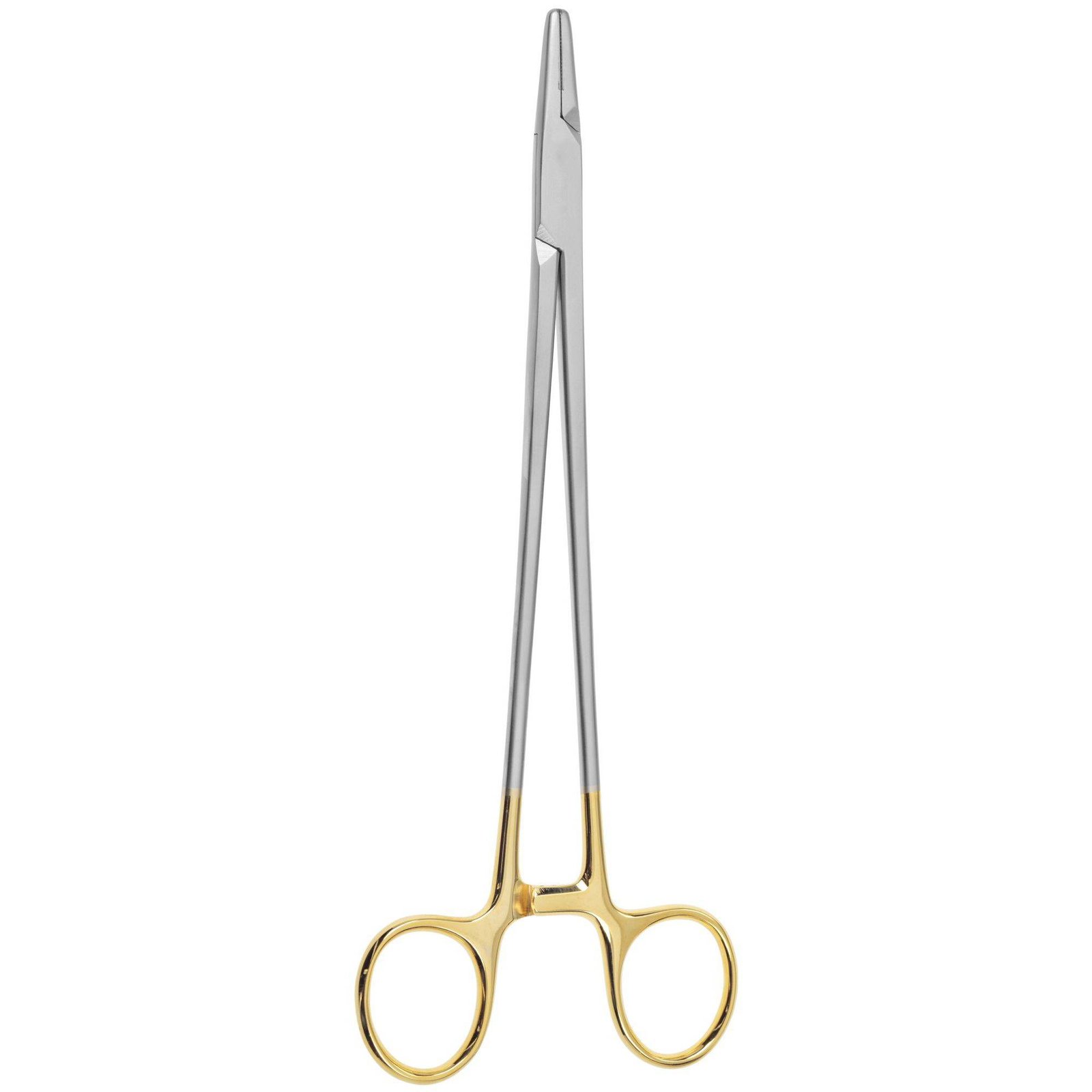
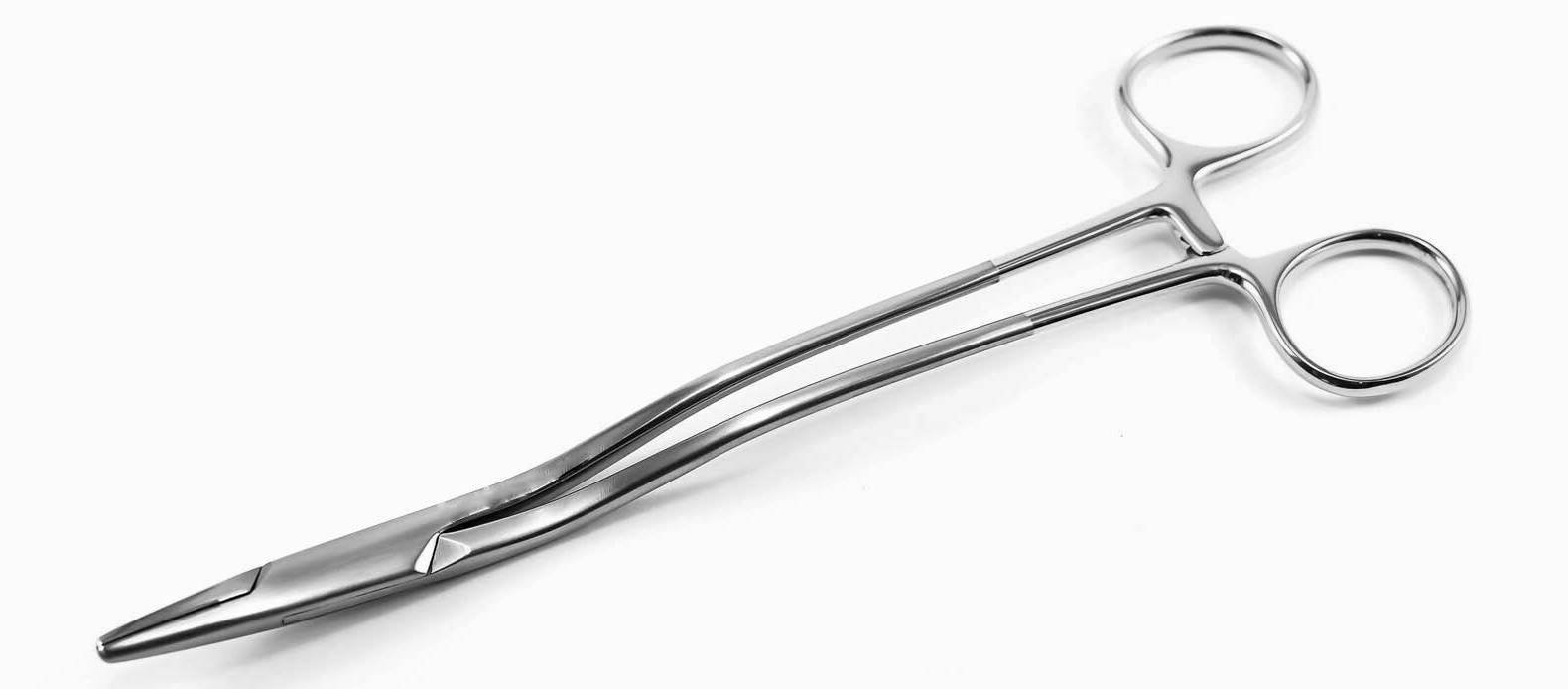
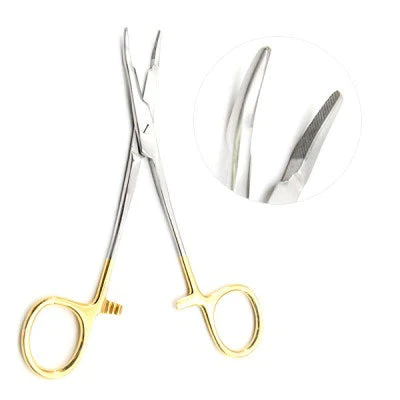


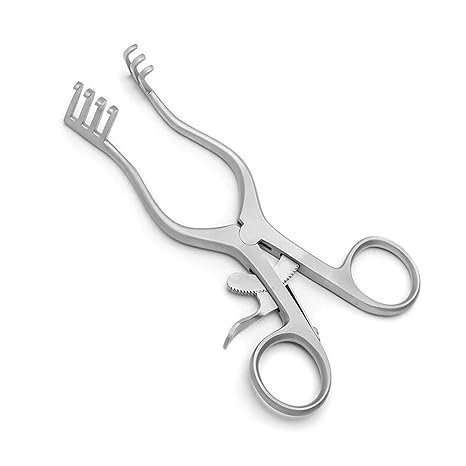


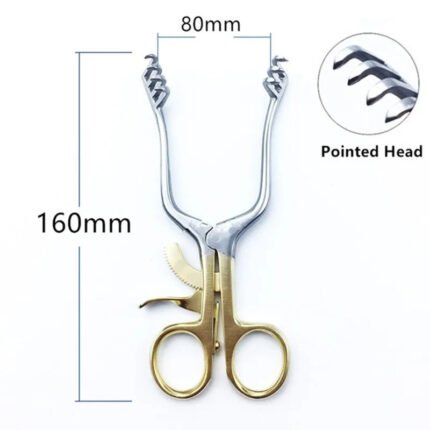
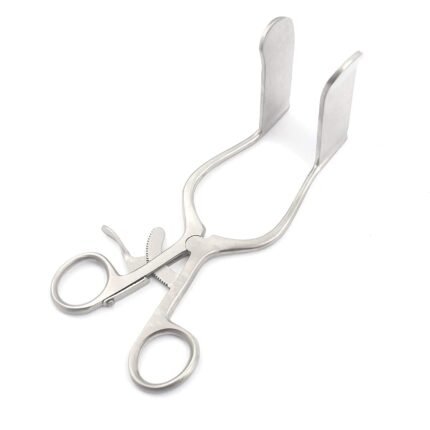
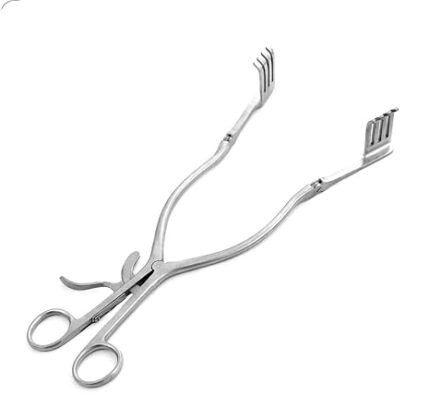
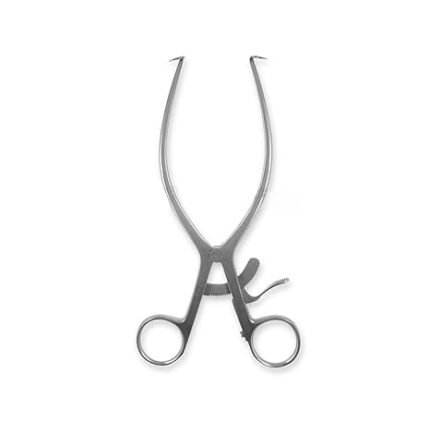

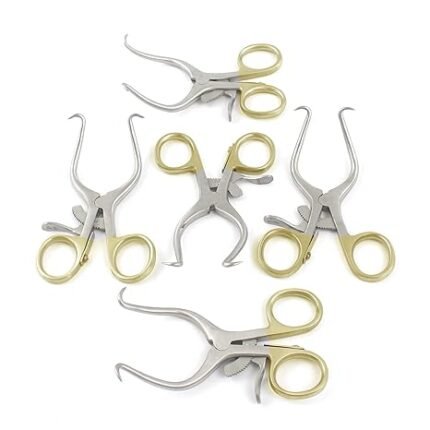
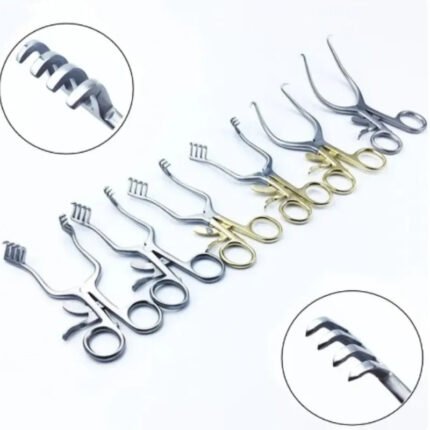
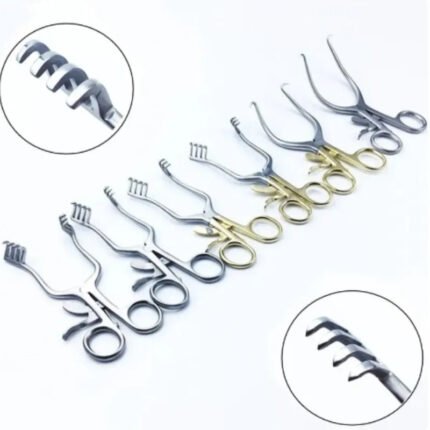
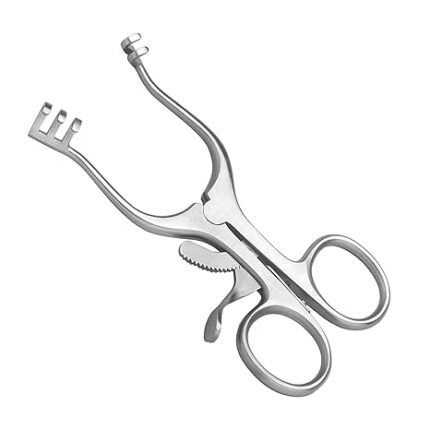

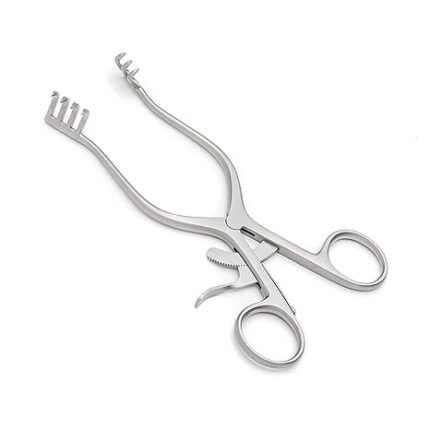
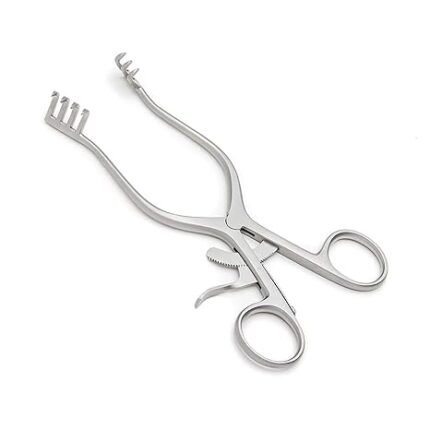
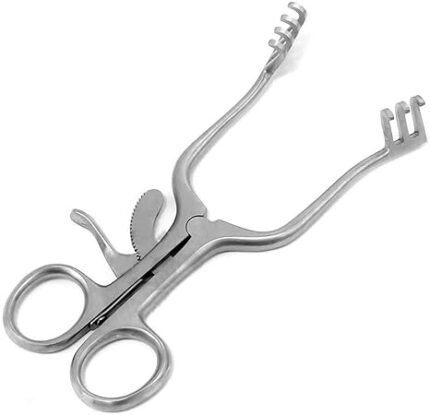
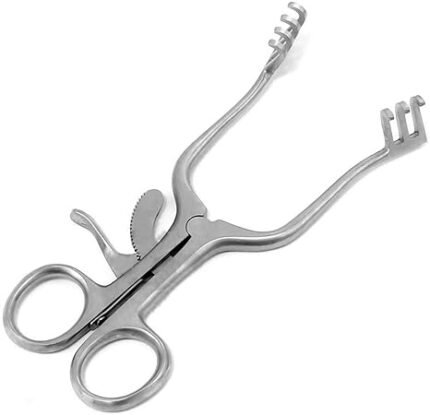
Reviews
There are no reviews yet.